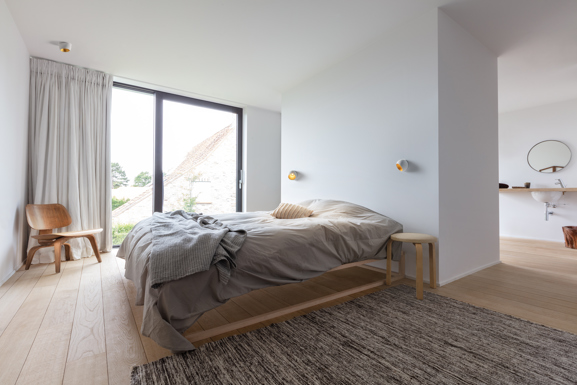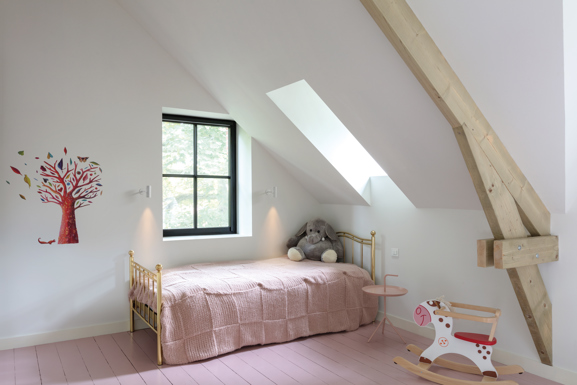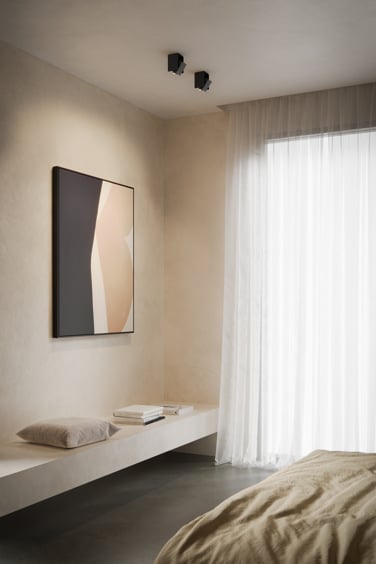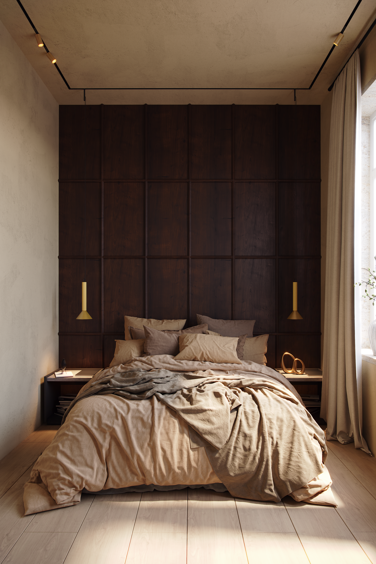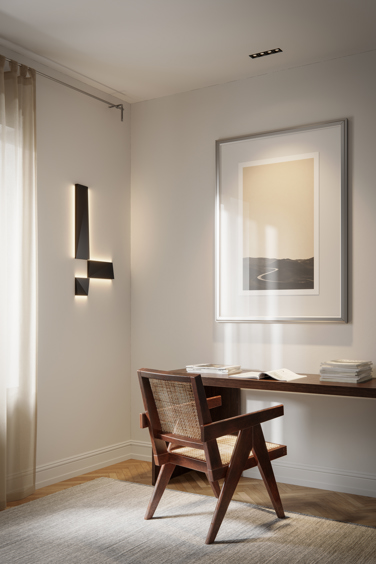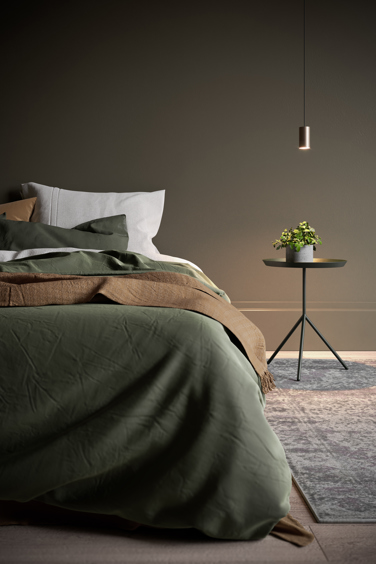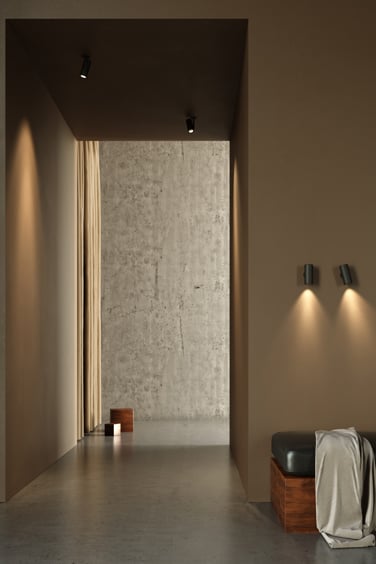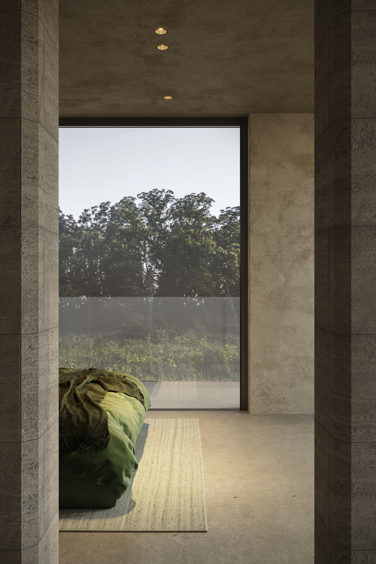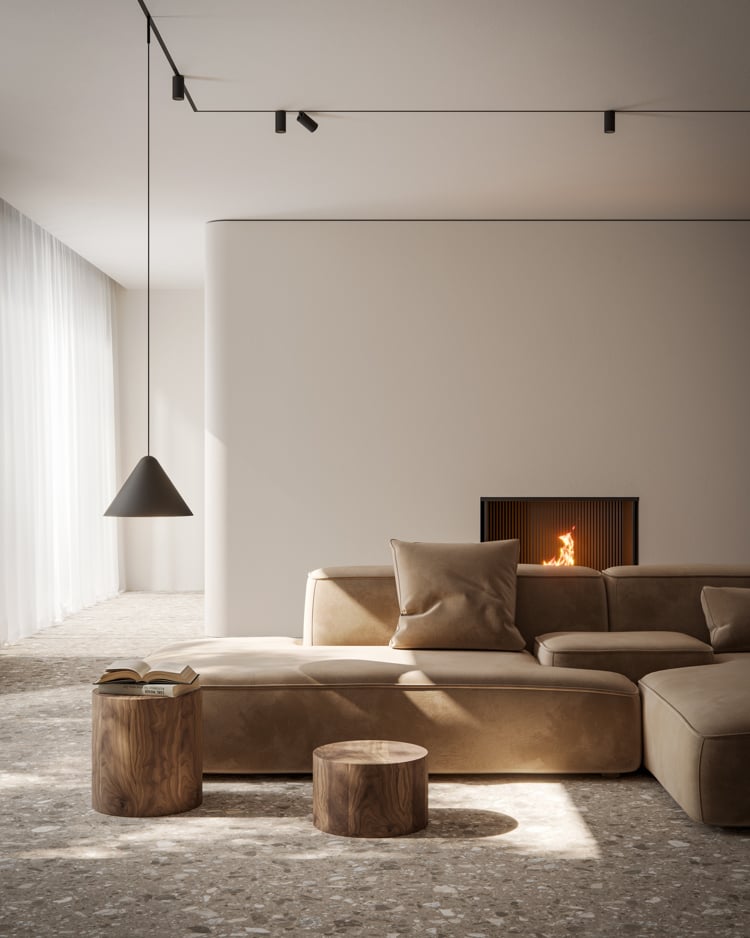The trend of having multi-functional spaces in the home extends to the bedroom. Of course, not all bedrooms are the same and their functions can also change over time.
The master bedroom is different than a child’s room, which also differs from a young adult’s space. Typically, the largest bedroom in the home is about having your own place, comfort, intimacy, unwinding. The function of a master bedroom remains the same over a long period of time. But children's bedrooms are a different story. As the smaller humans grow, naturally their lighting needs change too. Offer flexibility to adapt lighting to a growing child’s activities.
Read more and learn how to:
- Use lighting in the bedroom to support the multiple functions and lighting needs of its users
- Create the right mood, control the ambiance with dimming options and set up your favorite lighting scenes with smart lighting
- Offer flexible lighting options for children's bedrooms. Use light that can adapt to their activities and create the perfect ambiance
Do's in bedroom lighting
Don'ts in bedroom lighting
